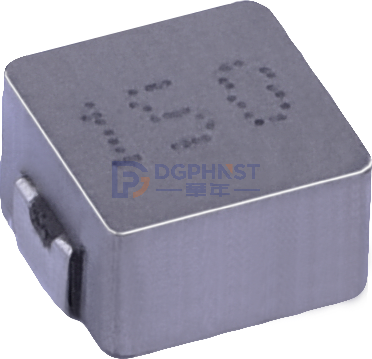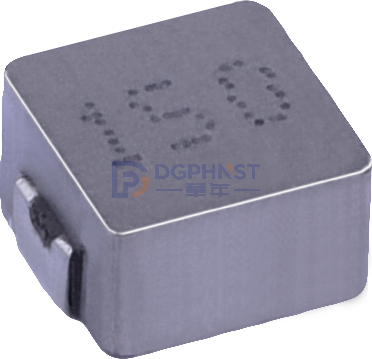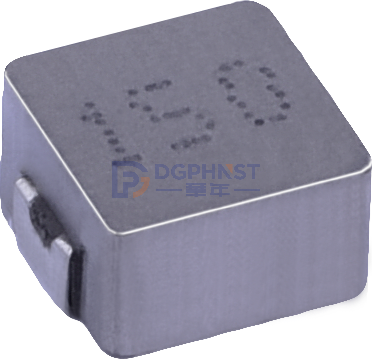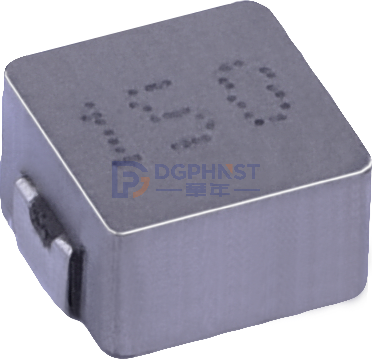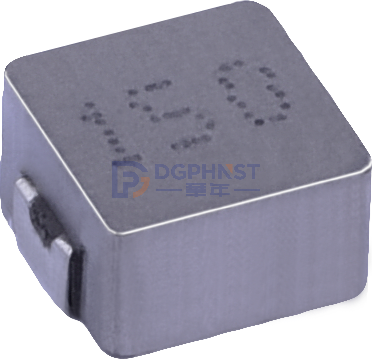In the world of electronic circuits, surges are a phenomenon that cannot be ignored. It is like a sudden storm in a circuit, where the high voltage or current generated in an instant can cause serious damage to the circuit and equipment. This article will delve into the phenomenon of surges in electronic circuits from the perspectives of their definition, causes, hazards, and protective measures.
Surge, as the name suggests, refers to a voltage or current peak that occurs instantaneously and exceeds a stable value. In electronic circuits, surges typically manifest as brief and intense pulses, with a duration of only a few millionths of a second. This pulse may be caused by various factors, such as the start-up of heavy equipment, short circuits in circuits, power switching, or the operation of large engines.
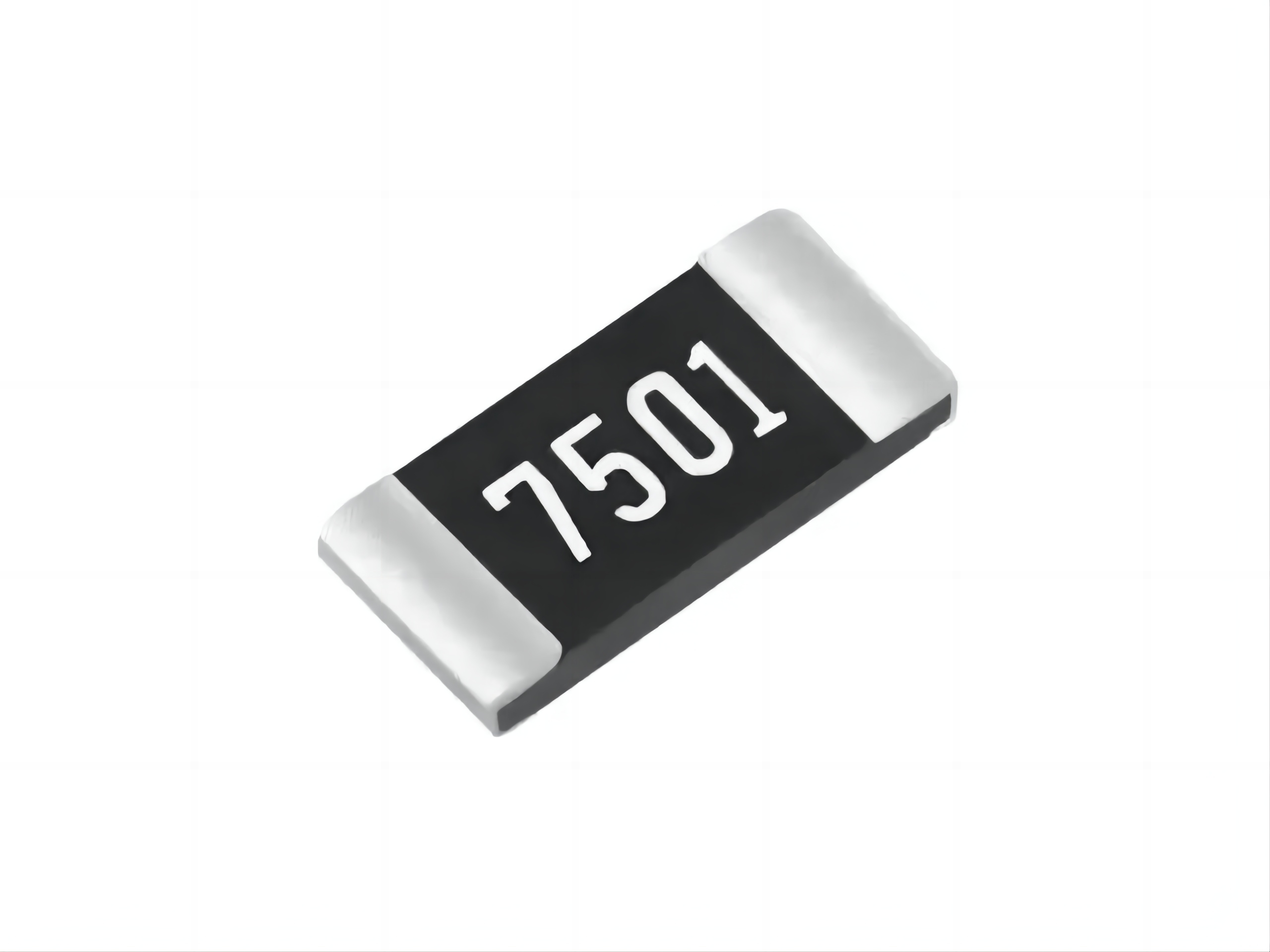
In electronic circuits, the generation of surges mainly comes from two aspects: external factors and internal factors. The external reasons mainly include overvoltage generated during lightning discharge process. When lightning discharges, it generates a strong electromagnetic field around it, resulting in surge voltage in the circuit. According to research, transient overvoltage caused by lightning strikes can reach tens of thousands of volts, and transient overcurrent can also reach thousands of amperes. This external surge often poses a huge threat to circuits and equipment.
The internal reasons are related to the operating status of the circuit itself. For example, in the operation of the power system, changes in the operation of circuit breakers, the input and disconnection of loads, and other state changes may cause changes in system parameters, resulting in overvoltage inside the circuit. In addition, sharp pulse interference from other parts of the power supply or circuit may also lead to the generation of surges.
The harm of surges to electronic circuits is multifaceted. Firstly, surge overvoltage may exceed the rated voltage of electronic components, leading to component breakdown, burnout, or damage. Secondly, repeated surges may accelerate the aging of equipment and shorten its service life. In addition, surges may also interfere with or damage data transmission in circuits, leading to data loss or system failures. In some cases, surges may even pose a risk of electric shock to personnel.
In order to protect electronic circuits from the hazards of surges, a series of protective measures need to be taken. Among them, installing surge protectors is a common and effective method. Surge protectors can limit voltage amplitude and time, thereby protecting circuits and equipment from the effects of surge voltage. In addition, using components such as capacitors and voltage regulators can also reduce the impact of surge voltage to a certain extent.
Reasonable circuit layout and parameter selection are also important measures to prevent surges in circuit design. For example, by adding inductive devices and optimizing power filtering, the generation and propagation of surge voltage can be effectively reduced.
In summary, surge phenomenon is an undeniable threat in electronic circuits. In order to ensure the stable operation of circuits and equipment, it is necessary to have a deep understanding of the causes and hazards of surges and take effective protective measures. Only in this way can we ensure that electronic circuits always maintain efficient and stable performance in complex and changing environments.


